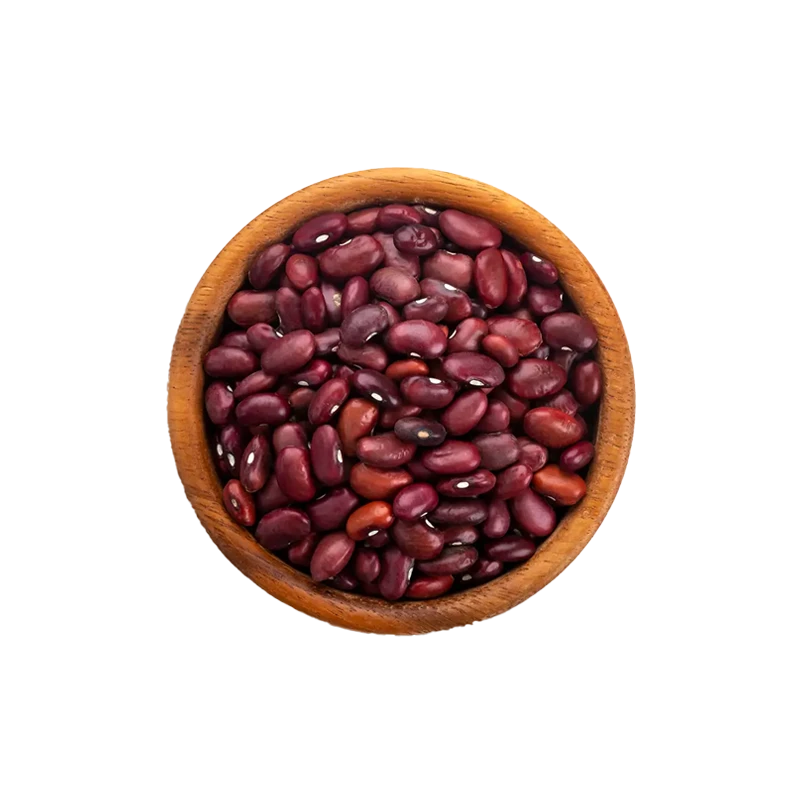Tea — Nutrients, Health Benefits, and Shopping Tips

Written by Listonic Team
Last update on September 4, 2024
Tea nutrients
Nutrition facts
Amount per 100 g
Calories
🔥 1 kcal
| Nutrients per: 100 g | Value | % Daily Value* |
|---|---|---|
| Carbs | 0 g | - |
| Fiber | 0 g | - |
| Sugars | 0 g | - |
| Glycemic Index | 0 | - |
| Protein | 0 g | - |
| Sodium | 1 mg | 0.04% |
| Total Fat | 0 | - |
*The % of Daily Value (DV) tells you how much a nutrient in a serving of food contributes to a daily diet. 2,000 calories a day is used for general nutrition advice.
1
🍏 Low-Calorie Foods
Tea facts & tips
Health benefits
- Rich in antioxidants such as polyphenols and catechins, which help protect the body from free radicals and reduce inflammation.
- Supports heart health by improving cholesterol levels and reducing blood pressure (especially green and black teas).
- Promotes relaxation and mental alertness due to its caffeine content (in moderate amounts) and theanine, which can improve focus and reduce stress.
- Hydrates the body, contributing to overall hydration and supporting metabolic processes.
- May support weight management by boosting metabolism and aiding in fat oxidation (especially green tea).
- Supports digestive health with herbal teas like peppermint and ginger, which can help relieve indigestion and nausea.
Health risks
- Potential for caffeine-related issues in caffeinated teas, which can lead to sleep disturbances, anxiety, and increased heart rate when consumed in large amounts.
- Risk of dental staining particularly with darker teas like black or oolong, which can stain teeth over time if consumed frequently.
- Potential for digestive discomfort such as acid reflux or stomach irritation, particularly in individuals sensitive to tannins found in tea.
- Potential for interactions with medications particularly iron supplements or blood thinners, as tea can interfere with the absorption of iron and may have mild anticoagulant effects.
How to choose tea
High-quality tea should consist of well-preserved leaves that are uniform in size and color. When brewed, the tea should offer a clear color specific to its type and a fragrant aroma. The flavor should be robust and clean, without any bitterness or staleness.
Do not use tea that is dusty or has a stale smell, as these are signs it has lost its freshness and potency. Tea bags that are damp or have mildew should also be avoided, as they could be contaminated and unsafe to consume.

How to store tea
Tea should be stored in an airtight container in a cool, dark place. This protects its flavor and aroma for up to a year. Proper storage ensures tea remains fresh and enjoyable.
Light and air can diminish tea quality. Avoid storing near strong-smelling foods, which can affect its taste. Ensure containers are tightly sealed to maintain freshness and prevent contamination. Using a dedicated tea caddy is recommended.
✅ Extra Tip
How long does it last?
Tea can last for 6-12 months when stored in an airtight container in a cool, dark place. For the best flavor, consume it within these time frames. Proper storage away from light, heat, and moisture is essential to maintain its quality.
What to do with leftovers?
Leftover tea, whether brewed or in leaves, can be used in a variety of culinary and non-culinary ways. In the kitchen, tea can be enjoyed hot or cold, or used as a base for smoothies, iced teas, and cocktails. Brewed tea can also be used to flavor desserts, such as cakes, sorbets, or jellies, or used to poach fruits for a delicate flavor.
Beyond drinking, tea has numerous other uses. The brewed and cooled tea can be used as a natural toner for the skin, helping to tighten pores and reduce redness. Tea bags can also be applied to the eyes to reduce puffiness and dark circles. Additionally, tea can be used to freshen carpets; simply sprinkle dried tea leaves over the carpet, let them sit for a while, and then vacuum them up. Tea can also be used to dye fabrics or paper, giving them a vintage look, or added to bathwater for a relaxing soak. In the garden, used tea leaves can be added to compost to enrich the soil with nutrients.
👨⚕️️ Medical disclaimer
How tea supports specific health conditions
Tea, whether black, green, or herbal, is rich in antioxidants, supporting immune health by protecting cells from oxidative stress. Depending on the type, tea can also promote heart health by improving circulation and lowering cholesterol. Some teas, like green tea, may boost metabolism, aiding in weight management. Tea is a hydrating and low-calorie beverage, making it a healthy addition to a balanced diet when consumed without added sugars.
Discover products from other categories
Listonic Team
Fact-checked
Our editorial team checked this article to make sure it was accurate at the time of publishing it.
Get the top-rated shopping list app







